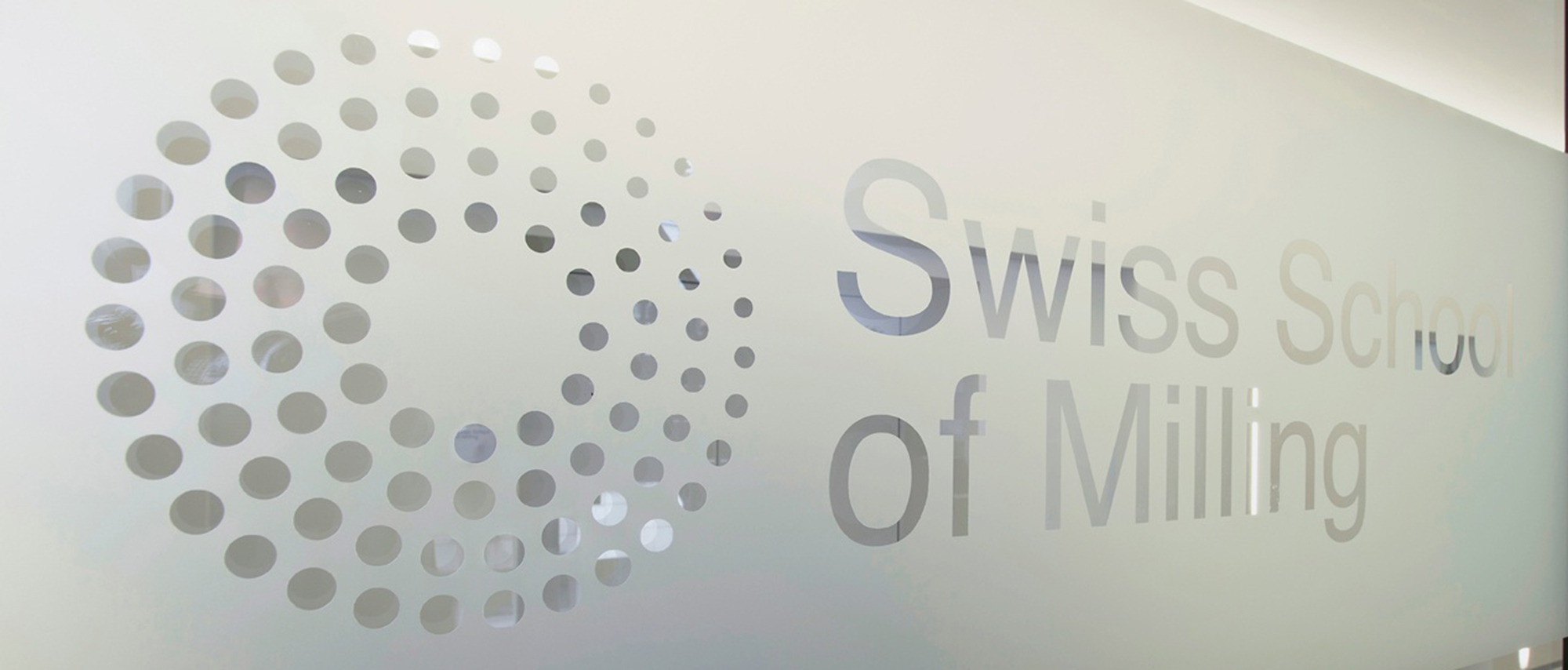Milling Technology
Learning Targets
Students
- should be able to understand more complex diagrams of a flour mill and to design them themselves
- should gain in-depth knowledge of durum and corn (maize) millin
- should learn in different hands-on exercises, with the most modern machines of a complete milling plant, how they work in detail and how to operate them
- on the basis of the theoretical knowledge taught and of the practical instructions given, the course participants shall be able to head the organization of production in a mill
Natural science
Cereal science
- know the global significance of grain cultivation.
- know the eight most important grain varieties and their quantitative significance in the grain market, plus their significance for human and animal nutrition.
- know the most important qualitative aspects of wheat.
- be able to explain the morphological structure of the wheat grain in detail.
- know the chemical composition of the wheat grain.
- know the most important functional characteristics of the component substances of grain
- carbohydrates
- proteins
- lipids
- know the morphological structure of the grain plant.
- know the individual growth stages of the grain plant and the factors influencing growth.
- know possible causes of grain yield losses.
- know most common grain breeding techniques.
- know the basic terminology of genetics.
- know how organisms can be genetically modified in basic terms.
- know the basic advantages and disadvantages of genetic engineering.
Bakery Technology
Students should
- know the most important raw materials (flour, water, salt, leavening agents, baking aids and some ingredients for making specialty bread) and their functions in bread production.
- know the processing operations of bread production (from provision of the raw materials to the end product).
- know the processes of deep-freeze baking and pre-baking.
- know the criteria for bread assessment (bread quality).
- know the most common bread defects and their possible causes.
Nutritional science
Students should
- know what the term nutrition refers to and what factors influence nutritional behavior.
- know the structure and the most important functions of the entire alimentary tract.
- know the terms of basal metabolism, energy metabolism, total metabolism and energy balance.
- know important nutritionally induced diseases, their cause and their consequences for the organism.
- know some important forms of nutrition and be able to assess them critically.
- know the effects and side effects of nicotine and alcohol.
Milling Engineering
Basic of engineering
Students
- shuold be able to describe and know the differences between the main drawings (e.g. project drawing, installation drawings, building project, building drawings) and documents for plant engineering
- should be able to distinguish between the project and the implementation phases
- should know the requirements of the project phase and what is needed to establish a project
- should know the different tasks of the implementation phase
- should be able to identify the different phases of a project
- should know the basics of scheduling and the critical factors in a mill project
- should be able to establish a simple site layout
- will establish a simple machine layout in a team (e.g. cleaning section)
- should know the basic principle of how to establish a spouting scheme
- should be able to create sketches of a building, plant components, machines or machine parts
- will handle a small project in a team
Pneumatics
The students
- understand the function of a pneumatic system
- can judge the conveying system for a particular application
- are prepared for technical discussions:
- in the planning stage
- in case of faults in existing plants
- for modifications to existing systems
Electrical engineering
Students
- should know basics of electricity (electrical theory and magnetism)
- should know the functions of the electric elements of a mill (control panel, motor panel and field elements)
- should know basic control circuits (relay-controlled systems)
- should know the structure and contents of an electric circuit diagram
- should know the specification, features, and application and basic functionality of a PLC system (Programmable Logic Controller)
- should know how to explain the function and adjustment of the electric elements in panels and on the field installation
- should know how to set up and explain a simple control circuit
- should know drawing, reading and explaining of a simple circuit diagram
- should know the different motor control circuits which are usually applied in industrial plants
- should know the data on the motor nameplate and explanation of its meaning
- should know the programming of simple control circuits on a PLC system
- should know the autonomous trouble-shooting in control systems, for example finding and solving of electrical faults
- should know the verification and execution of motor connections
- should know all the different local control systems of a milling plant
- should know the functions of the different interfaces
- should know the simple adjustment of local control units
- should know the hierarchical structure of the automation system in a mill
- should know the overview of the different software packages for milling plant automation
- should know the overview of the possible options for milling plant automation







